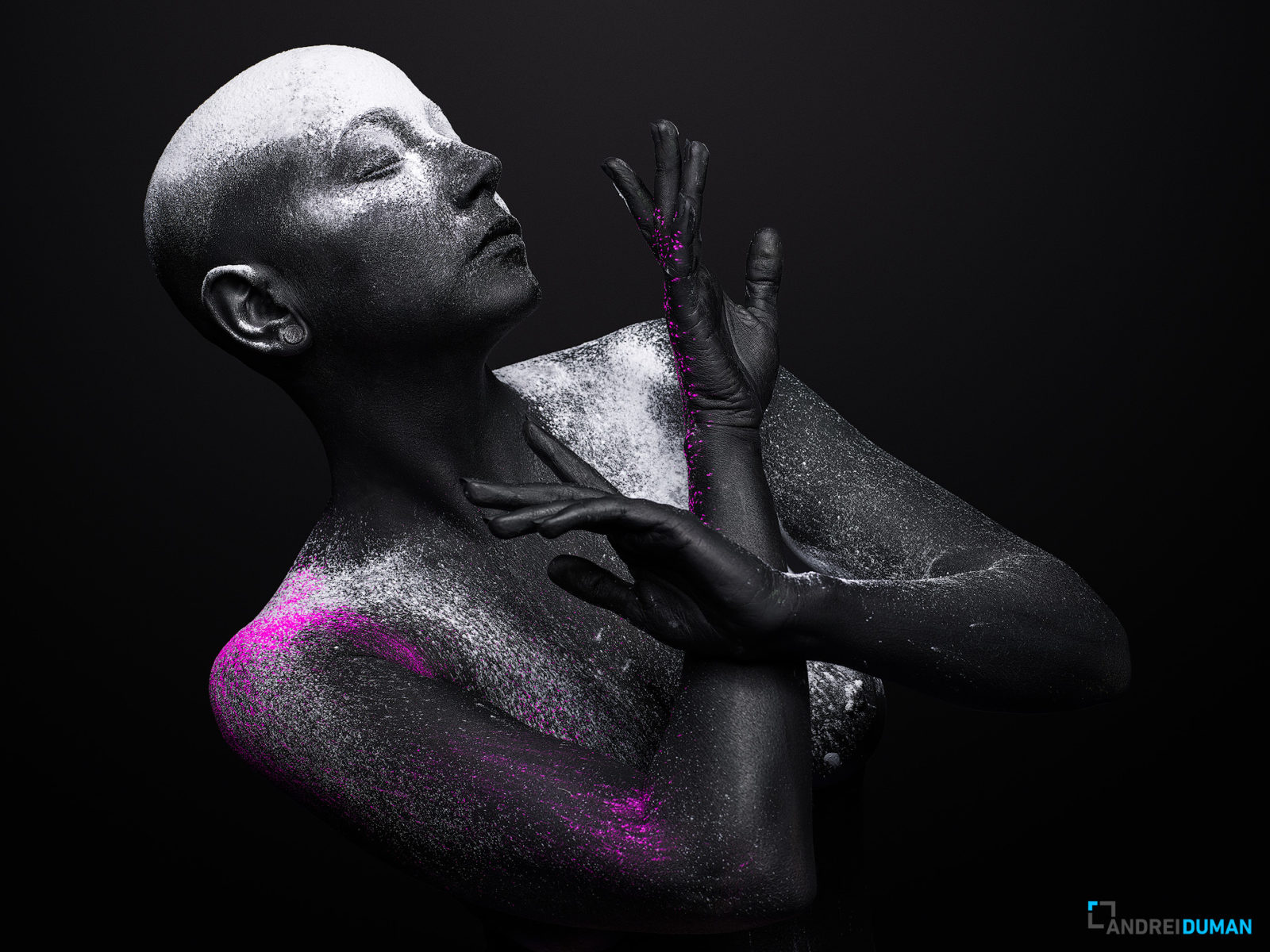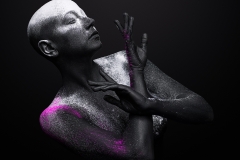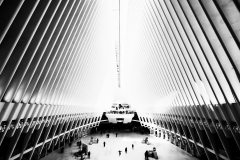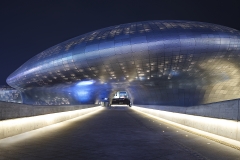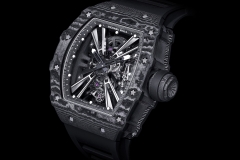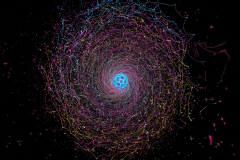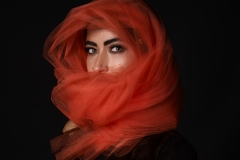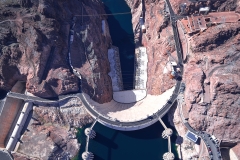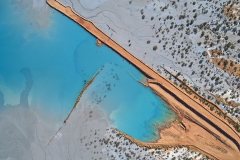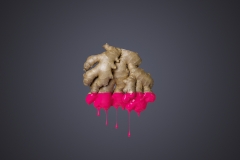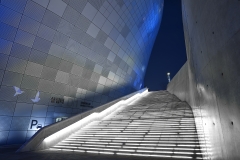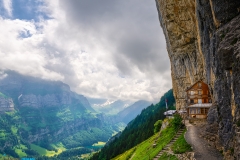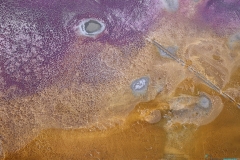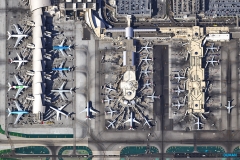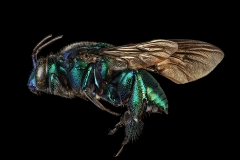Featured Photographer, News, Photographer Profile
Featured Photographer – Andrei Duman
From striking portraits to surreal landscape perspectives, Andrei Duman has built a reputation for creating consistently eye-catching imagery. This month we get a look into his creative process and workflow as he answers our 12 “Featured Photographer” questions.
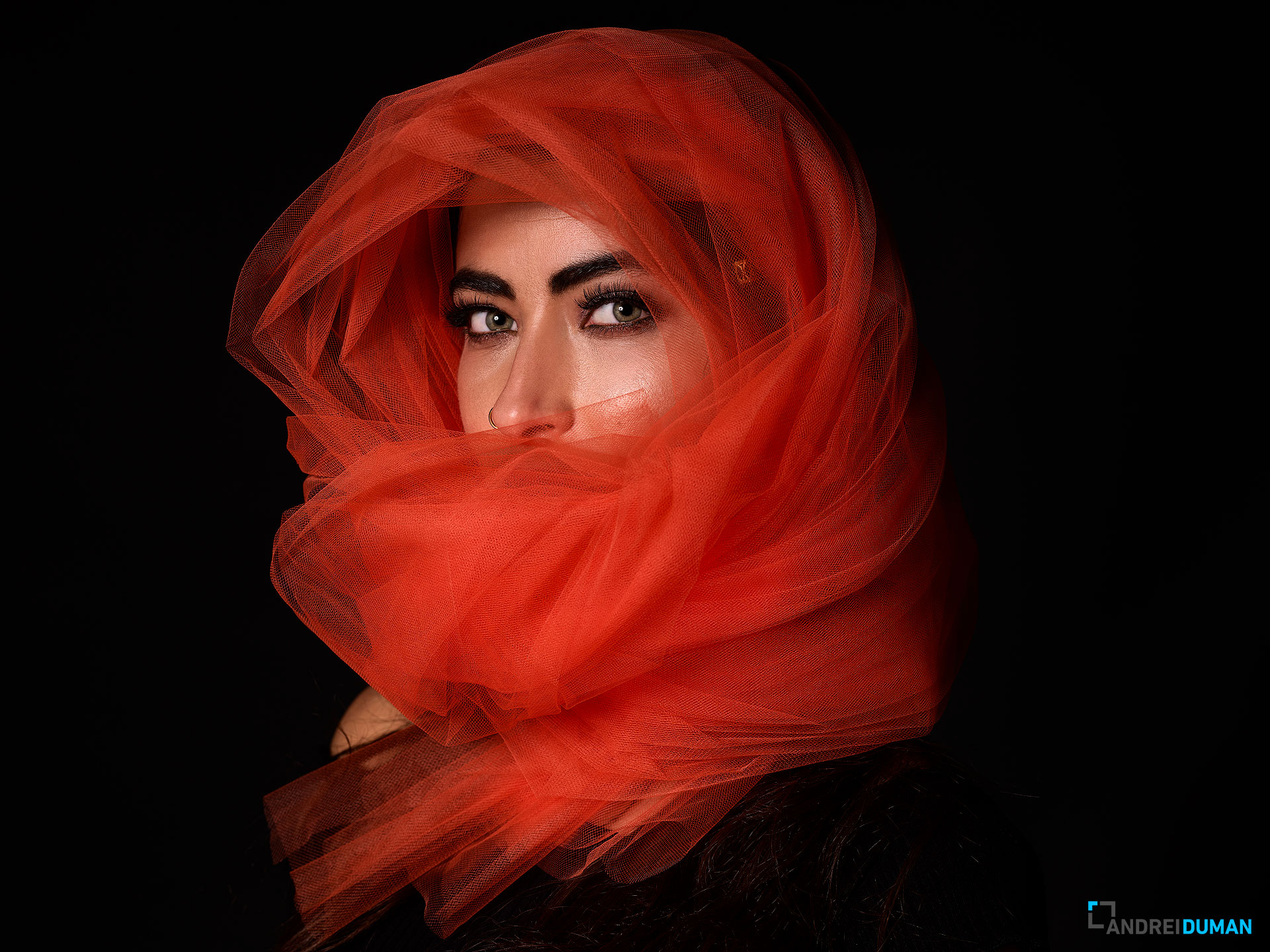
Describe your approach to photography— What makes your work unique? What makes a good image?
Art in general is subjective. To me that is what is one of the most interesting aspects of it. I can look at something and think it is incredible, but someone standing next to me does not understand it at all. There is power in that because it allows for no such thing as best photographer, or best artist, regardless of genre. It comes down to this simple fact. Is what you are trying to do appealing or pleasing to more people than the next person. If that’s the case, then you move on to the next part, which is why is it so? Is it the technique used? The composition? The subject? The creative concept? I find myself asking these questions a lot of myself. What am I doing here? If I am not here to do something that first of all inspires me by pushing my limits and abilities, then what’s the point? There are countless of amazing photographers that no one will ever hear of. It is sad but unfortunately true. In every project I do, I try to approach it with the creative freedom of capturing it in a new way, a new angle, possibly a new technique to try to help me achieve something different. I do not always succeed, however after every shoot, I learn something that I could apply to a completely different shoot. I am sure every photographer has a heavily used answer for what makes a good image. I do not know what makes a good image as it varies constantly across the medium. There are so many factors that it is almost unfair to mention them all. Examples include the mood I am in when looking at it, trying to understand what the artist was trying to capture and did they achieve it, did it inspire me in any way and is the subject/capture incredibly unique? Yes technique, good lighting and composition are a huge factor however for me it is an emotional connection that I need to have with an image to make it a standout one.
What inspires you? Who are your influences?
I am inspired by anything and everything I see and experience. Travelling to remote destinations, different cultures, unique designs in both nature and human life, other photographers and what they are creating. Inspiration should come from all forms and it should be a huge driving force for what you create. When I was first getting into photography, I would be heavily influenced by the likes of Art Wolfe, Sebastio Salgado, Vincent LaForet, Steve McCurry and I still am to this day.
What was your first camera?
My first ever camera was a small attachment that you could add to your Sony Ericsson phone. I recall that it was a 0.8 megapixel sensor and on the terrible small screens of the day, all images were just awful. Next was a 3.2 megapixel Sony Cybershot point and shoot and my first ever DSLR was the Canon 30D with a 8.2 megapixel sensor.
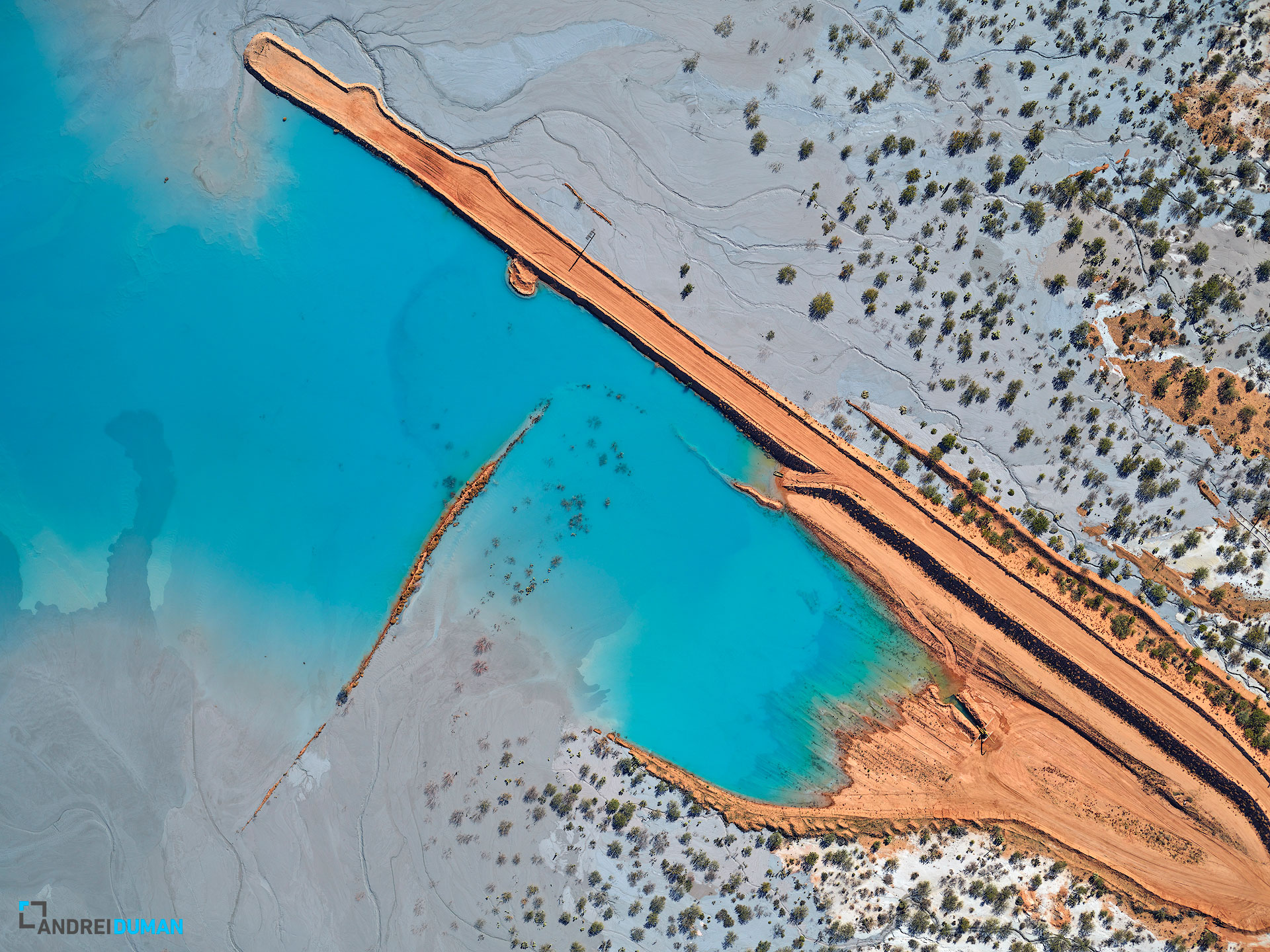
Can you think of the first time you realized the camera you owned was holding you back?
I don’t think it was a big “AHA” moment but a collection of small varying instances where it was clear that what I was trying to achieve visually could not be done with the gear I had. Slow shutter and read speeds, loss of quality from the glass when I had to zoom in on a section that had to be printed large and poor low noise performance really stood out as the main offenders.
How did you make the transition to professional photography, and how did making a living from photography impact your style of shooting?
Never in a million years did I think I would be a professional photographer. After my tennis career, I did investment banking for 12 years and thought that would be it. I never really enjoyed it, but I was good at it and I got sucked into staying every year. While I was in banking, I traveled a great deal and always had a camera in tow. This kept on progressing and my destinations kept getting more remote and extreme. I made the decision to go full time when I moved to Los Angeles. I got mentally exhausted with the banking industry and needed to start using my creative side. I started working closely with Phase One and continuing to travel and do aerial shoots. At the same time, I became fascinated with the studio world and how different the entire process was from travel and landscape photography. The freedom and time you had at your disposal allowed me to play with more options and subjects. Making a living from it has not really changed my style. At the end of the day it is the style I have now that clients are wanting to utilize. Now, can my style be altered slightly to fit into a client’s needs for a particular shoot, of course. However I would like to stay true to my visual core such that in whatever way, an image I take will have something that will look like my style.

What was your most difficult project?
My shoots are usually complex to execute and plan. This is why I love what I do. I don’t like the idea of standing still and being repetitive. My recent shoot with Tony Hawk was particularly difficult as it involved creating large wooden platforms on the flat section of his million-dollar half pipe and spray painting on as he would skate across it. I would be situated 30 feet up in the air on a cherry picker that had to be positioned right it (a far more difficult feat than one might imagine). Ultimately it was Tony Hawk creating from a blank canvas an almost Jackson Pollock abstract piece of art and I would be documenting it as it unfolded before me. With it being in San Diego, the planning for it was incredibly complex with so many moving parts. If it was not for my amazing team, I do not know how this would have been pulled off.
If you had to do a project using the bare minimum of equipment, what would you bring?
Phase One XF and IQ4 back, medium reflector and natural light.
What’s the most interesting/surprising/invaluable thing you keep in your equipment bag?
Not sure if it is interesting or surprising but as far as invaluable that has to be my Pelican memory card holder and G-Technology portable hard drive for my backups. If you think about all the work that goes into a shoot, it is all worthless if your data is lost or not stored properly.
What’s one thing you wish you knew when you started out?
That’s a hard one to answer. I would probably have to say that I wish I knew more about the production side of shoots. What is truly involved to do a shoot well, the costs, the small things you don’t think about, the video aspect. You assume it is straightforward, when in fact it can be overwhelming.
What’s your favorite book/movie/album that you’ve experienced recently?
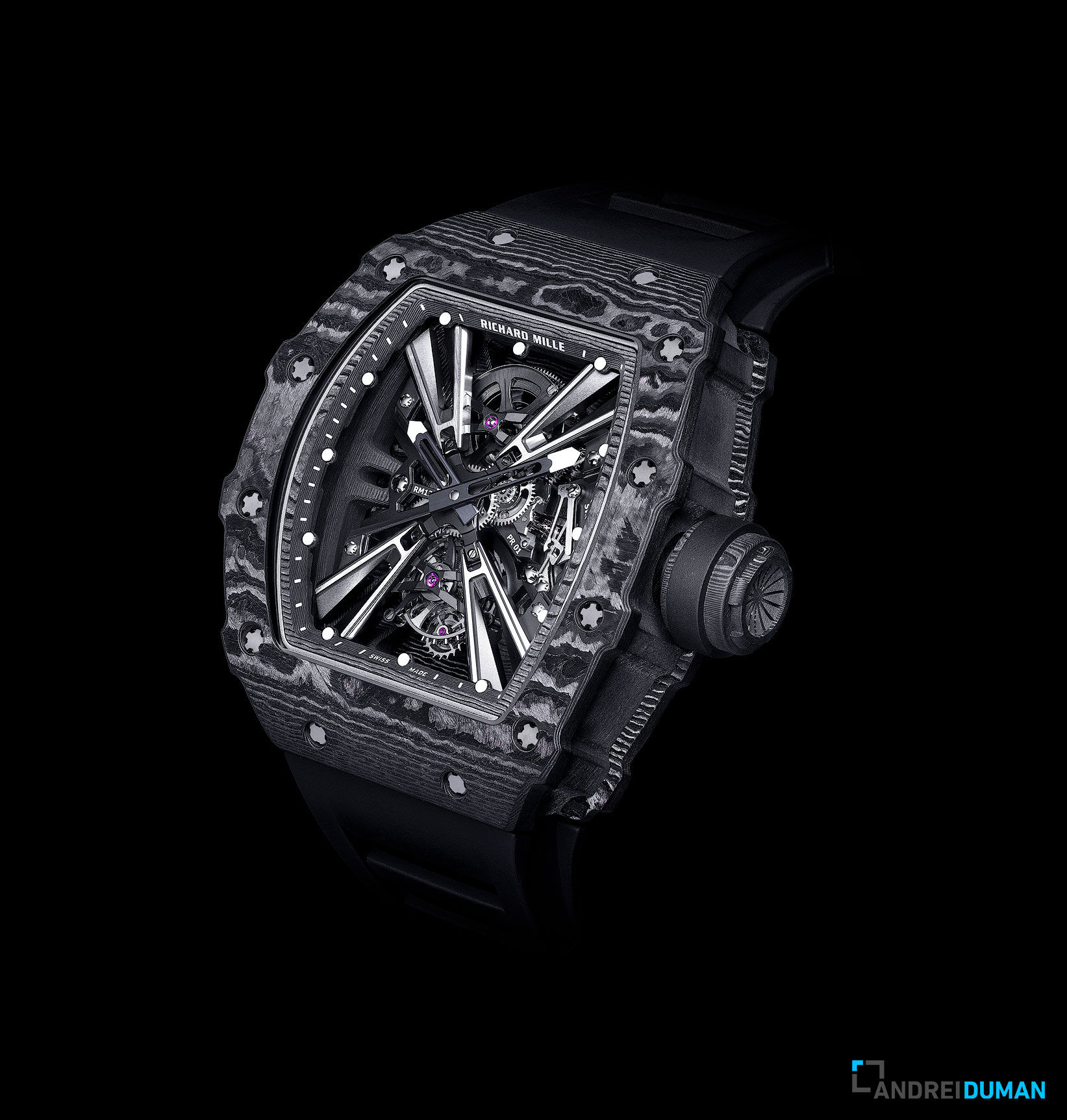 I was recently in London and on the flight there I was drawn to watch a movie that I had watched before and every time I do, I love it more. The Big Short to me is an epic movie. Yes it brings me back to my banking days and the fact that I was dealing with the very products that they were discussing – Credit Default Swaps, but the way it explains it all is just brilliant.
I was recently in London and on the flight there I was drawn to watch a movie that I had watched before and every time I do, I love it more. The Big Short to me is an epic movie. Yes it brings me back to my banking days and the fact that I was dealing with the very products that they were discussing – Credit Default Swaps, but the way it explains it all is just brilliant.
Want a chance to learn from Andrei himself?
Check out his upcoming Death Valley Workshop on May 31 through June 3rd.
See more of Andrei’s work at www.andreiduman.com & www.dumanworkshops.com and follow him on Instagram and Facebook

